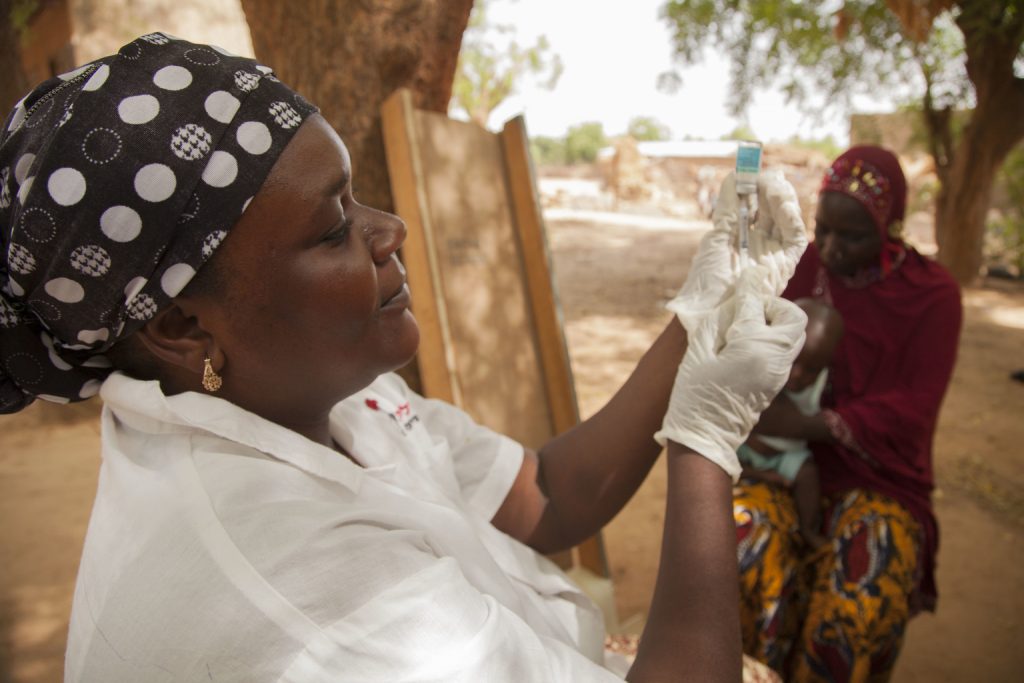The world’s highest HIV prevalence and the increasing number of deaths due to AIDS is having unprecedented impact on Swaziland. Worryingly, with a generation of orphans and rapidly escalating poverty, this desperate situation is being accepted as ‘normal’. HIV/AIDS in Swaziland has been characterized by a slow onset of impacts that have failed to command an emergency response.With insufficient resource allocation and a lack of capacity, slow onset events can become emergencies.The absence of an agreed definition of “disaster” or “emergency” has helped to sustain this characterisation.
The nature of these terms is changing.The case of Swaziland emphasizes that they can be long- term, complex, widespread events that evolve over years.Allocating humanitarian funding according to need is important. The current paradigm of emergencies is inadequate for assessing situations that develop slowly and quietly. There is broad agreement within humanitarianism that reflects a concern with reducing suffering and preserving human dignity. The changes described in this report require a new approach to defining disasters. Humanitarian interventions aimed at mitigating the spread and impact of HIV/AIDS must distinguish between rapid onset ‘traditional’ disasters and complex, long-term, multi- dimensional emergencies.The latter describes Swaziland’s current plight.



